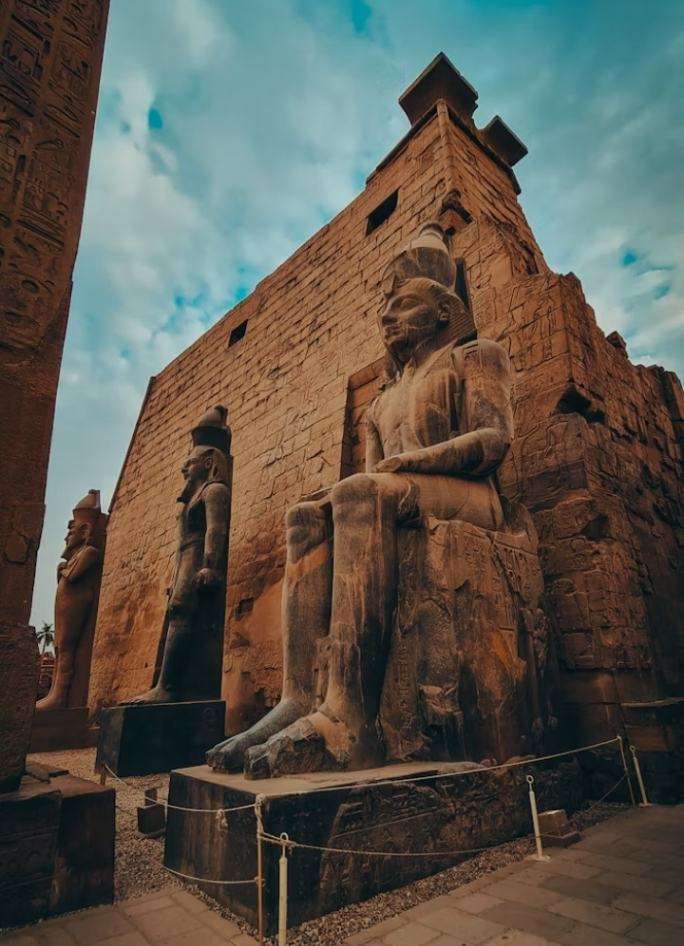Drawing snakes can be an exciting experience for artists of all levels. Whether you’re a beginner exploring basic shapes or a seasoned illustrator diving into intricate details, mastering the art of snake drawing opens doors to a world of creativity and challenge. Today, we’ll take a look at how to create an impressive snake sketch using a unique technique referred to as “drawing= snake.” Let’s unravel what this means and how it can be incorporated into your artistic process.
Contents
What is “Drawing= Snake”?
drawing:gu3p2vijuhq= snake might sound like a complex term, but it simply represents a modern approach to snake sketching, incorporating new methods and technology. Whether you’re working digitally or with traditional tools, this concept highlights an innovative approach to drawing snakes, focusing on the texture, movement, and unique anatomy of this mesmerizing creature. It’s a combination of precise shapes, advanced shading techniques, and a deep understanding of snake anatomy.
Step 1: Understanding Snake Anatomy
Before diving into the sketching process, it’s crucial to familiarize yourself with the anatomy of snakes. Pay attention to the following elements:
- The Head: Typically triangular in shape, the snake’s head is defined by its sharp eyes and elongated structure. To capture the essence of the snake, focus on drawing sharp lines around the snout and jaw.
- The Body: A snake’s body is long and tubular, with smooth, flowing curves. The body’s movement should feel natural, as snakes are known for their fluid, winding motions.
- The Scales: One of the most fascinating features of snakes is their scales. While drawing scales might seem intimidating, mastering their pattern adds texture and realism to your artwork.
Step 2: Drawing the Snake’s Silhouette
Start by sketching the basic outline of the snake. Use light pencil strokes to create the general shape of the body. Consider its coiling posture, which gives the snake its signature dynamic movement. Use curved lines to capture the snake’s flow and motion.
When practicing “drawing= snake” techniques, focus on the overall gesture of the snake’s body. If it’s coiled or stretched, try to visualize how the body bends and shifts weight. Think of the snake as a ribbon, smoothly twisting and turning.
Step 3: Shading and Adding Depth
Once your basic outline is ready, the next step is to bring your snake to life with shading. A snake’s skin often reflects light in unique ways due to its scales, so understanding how light hits the snake’s body is essential.
- Light Source: Choose a consistent light source for your drawing. This will help you determine where to place shadows and highlights.
- Shadows: Apply darker shading along the sides of the snake’s body that are further from the light source. The areas that curve or bend inward will typically require more shadow to enhance depth.
- Highlights: Add highlights to the raised areas of the body, like the top of the head, back, or curves facing the light.
Mastering the balance between shadows and highlights is key to making your drawing look realistic. When following the “drawing= snake” technique, focus on how these elements work together to give your snake a three-dimensional feel.
Step 4: Detailing the Scales
The scales are the signature of any snake drawing, and adding them requires patience and precision. Start by sketching small, slightly overlapping shapes across the snake’s body. For a more realistic effect, vary the size of the scales; larger scales should be placed near the head and body, while smaller scales can be drawn towards the tail.
As you refine the details, use darker shading within the scales to emphasize the snake’s texture. If you’re working digitally, experiment with textured brushes that mimic scales for a more organic feel.
Step 5: Final Touches
With the snake’s silhouette, shading, and scales in place, now it’s time to add the finishing touches. Refine any rough lines and adjust the balance between light and shadow to ensure the snake has a realistic look. Adding subtle background elements, like grass or rocks, can enhance the environment and make your snake appear more grounded in its natural habitat.
Incorporating the “drawing= snake” concept into your artwork allows you to combine traditional drawing techniques with modern, innovative approaches to sketching. Whether you’re creating a simple snake sketch or an elaborate, detailed illustration, remember to enjoy the process. Every line, curve, and scale contributes to a larger picture of the elegance and strength that snakes represent.
Conclusion
Mastering snake drawing through the drawing:gu3p2vijuhq= snake method is a rewarding experience for artists. From understanding anatomy to adding intricate details, this technique guides you to create stunning reptile sketches. By following the steps outlined above, you’ll be able to improve your skills and bring your snake drawings to life. Happy sketching!






